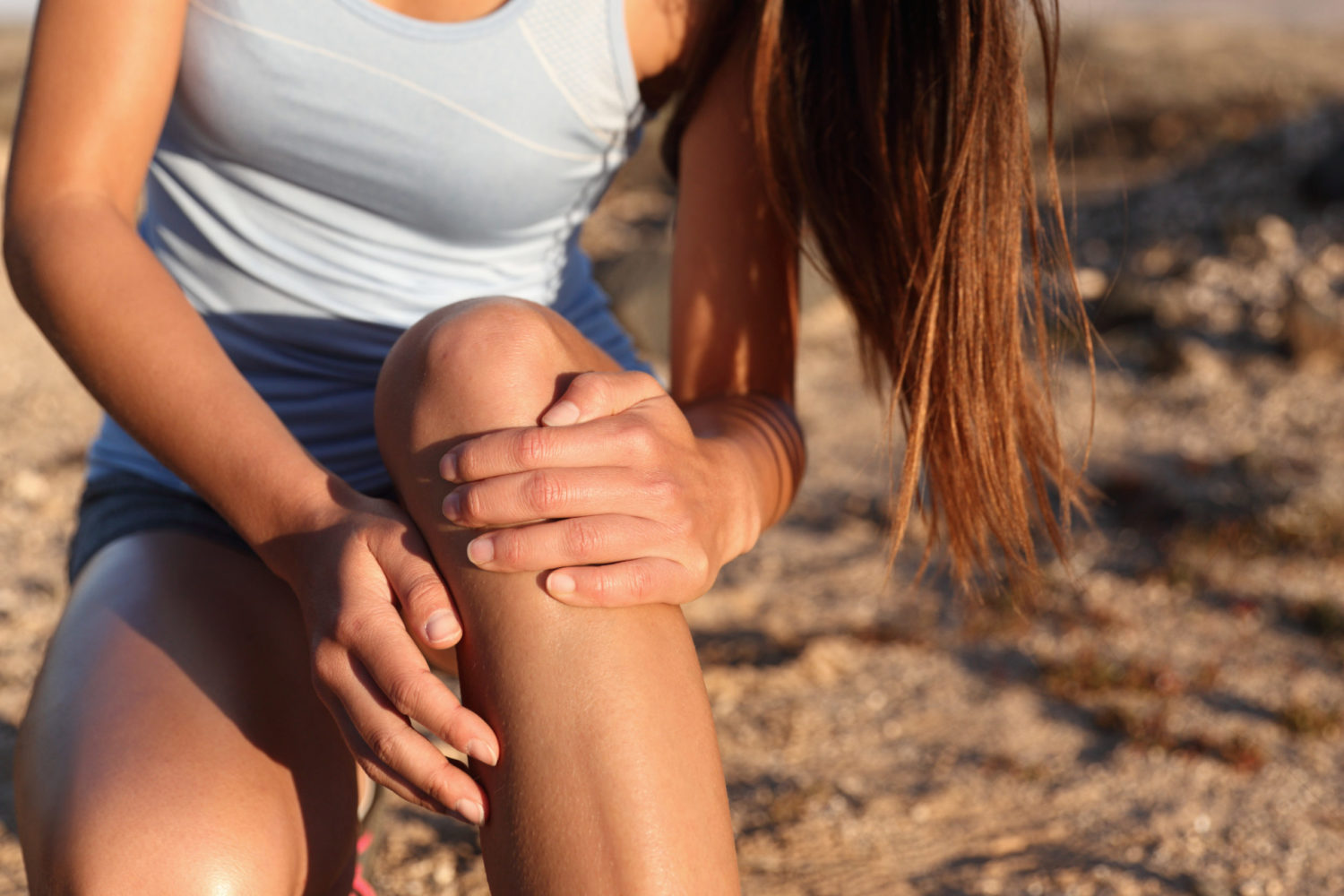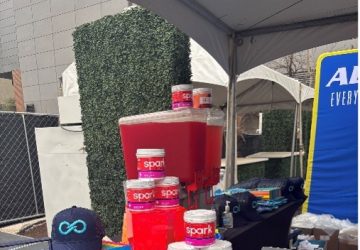
By William J. Kraemer, Ph.D., CSCS*D, FNSCA, FACSM
Wow, this is a question I have gotten from a lot from friends who work out all the time. They tell me, “I get up in the morning and I am sore and stiff, but I have been working out throughout this pandemic, what is going on here?” When you work out you use specific muscles to perform the exercise(s) in your program. Exercise is not general but very specific to activity you choose to do. As you might guess a bench press is very different from a squat. Even more specific, a flat bench press is different from an inclined bench press. Thus, the part of the body or the angles involved with an exercise make it a different exercise. I tell people, a good rule is that “every time you change an angle you change the exercise”.
Ok, now let us take a look at muscle soreness. Soreness arises from the damage to your muscle cells that were used in the exercise. What is damage? It is the “breaking of the muscle cell’s membrane or wall that keeps everything inside a muscle fiber ”. Another concept here is that whenever you do exercise “some” muscle cells are always damaged. This is true as that is one way muscles grow with “breakdown, repair and rebuilding”! However, when a muscle cell breaks down it releases toxic chemicals into the blood that stimulate pain receptors. Additionally, the breakdown of muscle also stimulates your body to repair and this means you have an immune response, which is ok, but what are called “free radicals” can be released from the white blood cells that can also further damage muscle and cause soreness. So, some soreness is possible due to these factors. In the field of exercise science, we call it DOMS or delayed onset muscle soreness that can occur 24 to 72 hours later, again, due to these reasons.
Now the question that remains: why am I so sore despite having worked out all along? A number of reasons can help explain this. First, with the COVID19 pandemic we all have been struggling to get workouts in with weight rooms and gyms closed, thus we have improvised both our workout equipment and facilities and inevitably changed many of our exercises. Thus, new angles are being used and muscles that have not been used to it, get damaged and are sore the next day. We all can identify with helping someone move houses, and wow, we used muscles we thought we never had, right? Exercise angle changes are one reason our muscles are sore, and therefore it is important we gradually work into a new routine. Another aspect that many forget is that with the pandemic, body weight gain can also impact exercise techniques and change angles . With new fat it acts as dead weight that has to be dealt with and can change your center of gravity changing the angles of your exercise and impacting jumping, bounding or even running in place common to many programs including home exercise video fitness programs.
Again, even when we get back to the gym and in our old workout setting, keep the foot off the high intensity, high-speed, and high volume gas pedals. Work gradually into your programs and vary them for volume and intensity and provide yourself with more rest and recovery days. Some soreness is natural but if it “takes a crane to get you out of the bed” the next morning you have done too much too soon. Additionally, from various surveys, we see that many started to exercise during the pandemic. Again, too much too soon is the catchphrase concept here! Pay attention to exercise angles and equipment when going from one workout scenario to the other (e.g. from home to gym) as this could contribute to how your muscles are stressed and damaged leading to differences in muscle soreness.
So, what do you do when you wake up with sore muscles? This question has been a topic of hundreds of research studies over the past many years and we are still trying to figure it out. One thing we do know is that prevention is key. Start slow even if you are an experienced fitness enthusiast. Allow your body to adjust to new angles and exercises, especially after a break or time off from the gym. Here are some basic ideas to help if you wake up the next morning and your muscles are noticeably sore:
-
- Go over your workout and see what was different. Per what we just talked about, are the exercise and exercise angles different? Did you do more reps, longer duration or higher intensity. If so, slow down and take a day off to recover.
- Some articles and blogs say DOMS is no big deal, do not believe them. When muscle soreness is beyond a 5 on a 10-point scale, something went wrong in the workout. Furthermore, if your muscles are extremely sore and limit movement, it could be a sign of injury or in worst case scenario, rhabdomyolysis, which “is a serious syndrome due to a direct or indirect muscle injury. It results from the death of muscle fibers and release of their contents into the bloodstream.” You should check with your physician.
- Make sure your nutrition is solid for total calories. In our research, protein intake around a workout can help, as amino acids are the building blocks needed for remodeling and repair. Be careful with alcohol ingestion and use of aspirin to address soreness as this just promotes bleeding and can exacerbate damage in certain cases. Next make sure your nutrition is solid and you are hydrated. We have found in our studies that protein and carbs around a workout in small quantities is helpful.
- While a host of different mechanical treatments are out there from foam rolling to ice-compression, to massage, each can have variable impacts on soreness but can be used to treat typical soreness the day after a workout.
Summary
Delayed onset muscle soreness is natural but when it is higher than usual, care is needed to evaluate workouts and modify them with a slower progression in the intensity and volume of exercise. Moderation is the key to allowing oneself to glide into more intense workouts. When going from one workout scenario or exercise program to another, pay attention to cautionary signals and to what you are doing. Solid behavioral practices for hydration and nutrition are also key in a successful health and fitness program.

William Kraemer Ph.D., FACSM, FNSCA, FISSN, FACN
- More than 450 peer-reviewed scientific manuscripts related to sports medicine, exercise, sports science and sports nutrition
- Over 100 book chapters, author of ten books
“I am impressed with the quality of the AdvoCare products and ingredients along with the effort taken in their formulation.”




